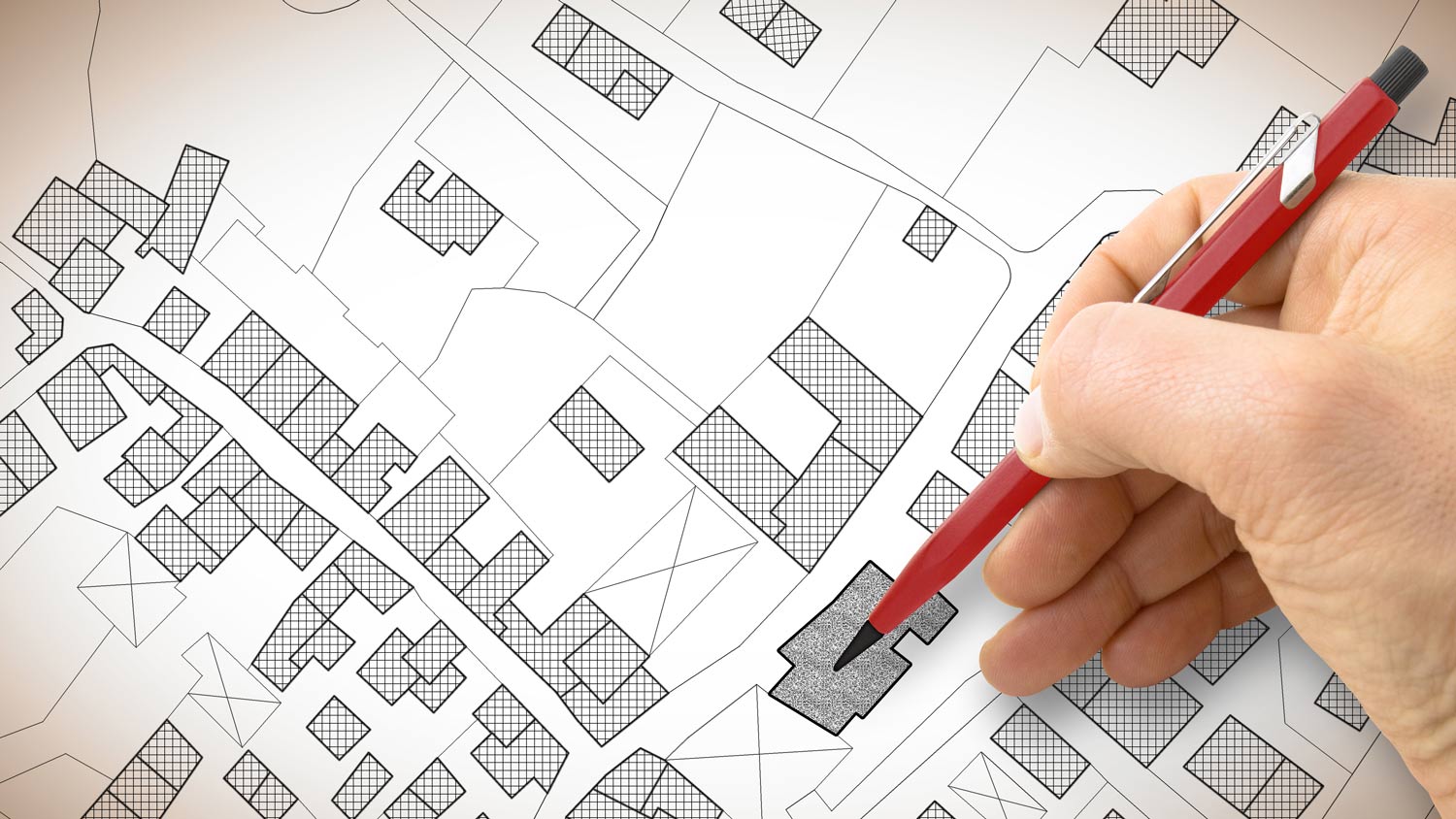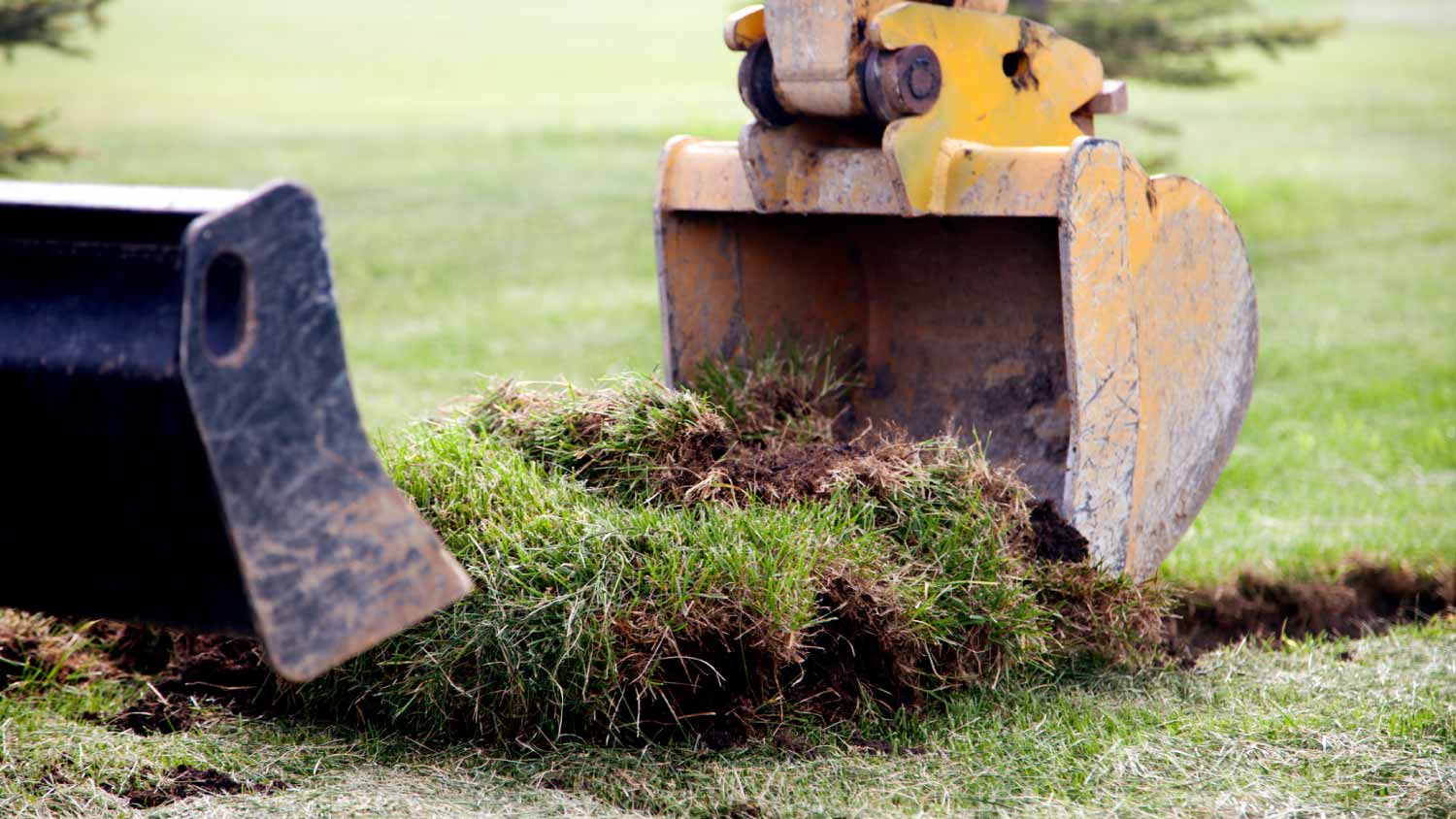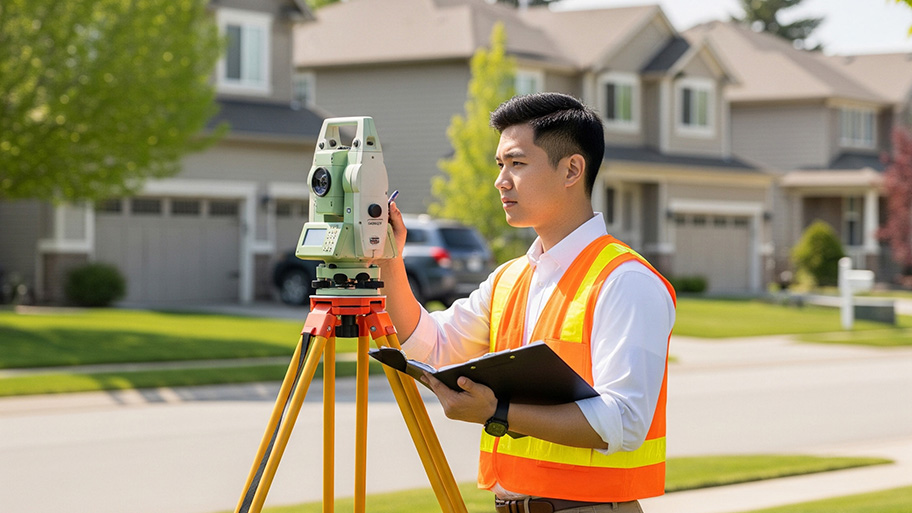
Just bought a plot of land and need to get it build-ready? Learn how much it costs to clear land to gauge your initial budget before you break ground.
Survey says that you're going to need a survey before your big project


Hire a land surveyor to help you choose a land survey that suits the project you’re working on and complies with local regulations.
A boundary survey is the most common choice because it’s simple, inexpensive, and identifies property lines.
Used for commercial transactions, an ALTA/ACSM survey provides the most information, but it’s also the most expensive.
A topographic survey is the best option when installing a pool.
Owning a home is also about owning the land on which it sits. When you're buying, selling, or making changes to a plot of land, you can avoid a litany of headaches by ensuring you've ordered the right type of land survey. We'll break down the cost of land surveys, what each type of land survey entails, and when to call a professional land surveyor for this crucial document.


Just as it sounds, a boundary survey is the best way to determine where your property starts and your neighbor's begins. Staking the lines of your property is ideal before building a fence, a boundary wall, or even taking down a tree. Professional surveyors use public records and in-person measurements to mark the edge of your property. The survey typically costs between $100 and $600.
Best for:
Building a fence
Building a boundary wall
Building a home addition close to the property edge
Altering the trees and landscape
On the other side of the spectrum, we have the most comprehensive type of land survey. An ALTA/ACSM land survey refers to a survey approved by the American Land Title Association and American Congress on Surveying and Mapping. An ALTA/ACSM survey covers nearly every type of land survey on the list, including boundary, as-built, flood-plain, and topographic information. Many banks and lending agencies will require home buyers to acquire this survey.
You may also need to loop this survey into your overall site development costs before breaking ground. ALTA/ACSM surveys can be quite costly, ranging between $2,000 and $3,000.
Best for:
Buying a new home
Refinancing your mortgage
Transferring ownership of a home
Buying an empty plot of land
Zoning report changes
Mortgage surveys are very similar, if not identical to an ALTA survey. However, the requirements of lending companies vary. In nearly all cases, you will be required to obtain a boundary and as-built survey at the very least. Mortgage surveys tend to range between $400 and $900 depending on your area and the size of the survey required. Mortgage surveys are critical for home buyers and sellers alike, particularly if they plan to divide up the land before selling.
Best for:
Buying or selling a home
Purchasing a new plot of land
Refinancing a mortgage
Topographic land surveys measure and document the three-dimensional elements of the property, from changes in the land to existing structures. Slopes, rock formations, water elements, and the buildings themselves make it onto a topographic survey. You may need to order a topographic survey when fixing lawn depressions, installing new drainage, or for a septic system. These 3-D surveys cost between $500 and $1,200.
Best for:
Installing large fences or walls
Installing a pool
Installing a septic system
Buying or selling a plot of land
Addressing drainage issues
The last thing you want is to end up in a boundary dispute with your neighbor. Having a land survey readily available can prevent the need for legal proceedings and preserve your relationship.
For between $600 and $1,200, you can also order an as-built survey either before or after home construction and renovation. The survey maps out the physical reality of the property, as opposed to the current schematics on file.
Since a final product can often vary a bit from the original blueprints, as-built surveys allow you and the town to make informed decisions about how new construction will affect the current land and existing structures. Among the questions to ask a land surveyor during your initial meeting, be sure to ask them whether they offer as-built surveys at the end of your build or major renovation.
Best for:
Buying a new plot of land
Making major renovations to your home or property
Documenting the final product of a build
Verifying proper construction
If you've ever spotted professional surveyors out in the field with their tools, you're likely witnessing construction staking. A construction survey interprets the schematics from the home builder and stakes out the property before breaking ground. Construction staking marks easements—areas of public use that cross your property, such as sidewalks—as well as utility lines, pipes, and existing buildings.
Best for:
Confirming the current layout of a property
Documenting public easements and utilities
Applying for construction permits
Finalizing records after construction
Elevation surveys—often overlapping with floodplain or lot surveys—confirm the plot's location in relation to local flood-prone areas. Obtaining a mortgage or opting out of required flood insurance may require an elevation certificate from a survey that analyzes the slope and water table in your area. The surveys will also advise home builders what type of buildings, if any, should go in the location.
Best for:
Confirming whether you need flood insurance
Obtaining a mortgage
Analyzing the practicality of a plot
Confirming drainage placement
Advising the best building materials

Subdivided lots or choosing to subdivide your current lot before sale can be a little tricky. Not only is this information crucial for the landowners and their bank, but to the local city and state as well. Subdivision surveys mark the existing or new property lines, making special note of easements and utility lines owned by the town. It will note special features and buildings as well as their relationship to the subdivided lines.
Best for:
Building on a subdivided lot
Dividing your current lot
Confirming your current property line
Understanding local easements
Installing a driveway or fence
From average costs to expert advice, get all the answers you need to get your job done.

Just bought a plot of land and need to get it build-ready? Learn how much it costs to clear land to gauge your initial budget before you break ground.

Discover site preparation cost estimates, including average prices, cost factors, and tips to help homeowners budget for their next project.

A land survey can determine your property’s borders and settle property disputes. Learn how much a land survey costs and what can affect the price.

Land surveys provide an accurate record of your property. Learn how long a land survey is good for and when you should have your property resurveyed.

Boundary surveys and topographic surveys provide important information about a property. Learn the differences between boundary and topographic surveys.

Wondering whether you need a land survey or a plot plan? Learn about the differences between the two, when to do each, and what information they provide.